What Is The Best Camera Lens For Wildlife ?
The best camera lens for wildlife photography depends on various factors such as the type of wildlife, shooting distance, lighting conditions, and personal preferences. Generally, a telephoto lens with a long focal length is preferred for capturing wildlife from a distance without disturbing them. A lens with a focal length of 300mm or more is recommended for most wildlife photography.
Some popular wildlife lenses include the Canon EF 100-400mm f/4.5-5.6L IS II USM, Nikon AF-S NIKKOR 200-500mm f/5.6E ED VR, and Sony FE 100-400mm f/4.5-5.6 GM OSS. These lenses offer excellent image quality, fast autofocus, and image stabilization to capture sharp and detailed images of wildlife.
However, it's important to note that these lenses can be expensive and heavy, so it's important to consider your budget and shooting needs before making a purchase. Additionally, it's recommended to use a tripod or monopod to stabilize the lens and reduce camera shake when shooting at longer focal lengths.
1、 Telephoto lenses
The best camera lens for wildlife photography is undoubtedly a telephoto lens. These lenses are designed to capture distant subjects with great detail and clarity, making them ideal for capturing wildlife in their natural habitats. Telephoto lenses come in a variety of focal lengths, ranging from 70mm to 600mm or more, and are available from a variety of manufacturers.
The latest point of view on telephoto lenses is that they are becoming more advanced and sophisticated, with features such as image stabilization, fast autofocus, and weather sealing becoming more common. These features make it easier for photographers to capture sharp, clear images of wildlife, even in challenging conditions.
One of the most popular telephoto lenses for wildlife photography is the Canon EF 100-400mm f/4.5-5.6L IS II USM lens. This lens offers a versatile zoom range, fast autofocus, and excellent image stabilization, making it a great choice for capturing wildlife in motion. Another popular option is the Nikon AF-S NIKKOR 200-500mm f/5.6E ED VR lens, which offers a longer zoom range and excellent image quality.
In conclusion, if you're serious about wildlife photography, a telephoto lens is a must-have. With their advanced features and capabilities, these lenses make it easier than ever to capture stunning images of wildlife in their natural habitats.
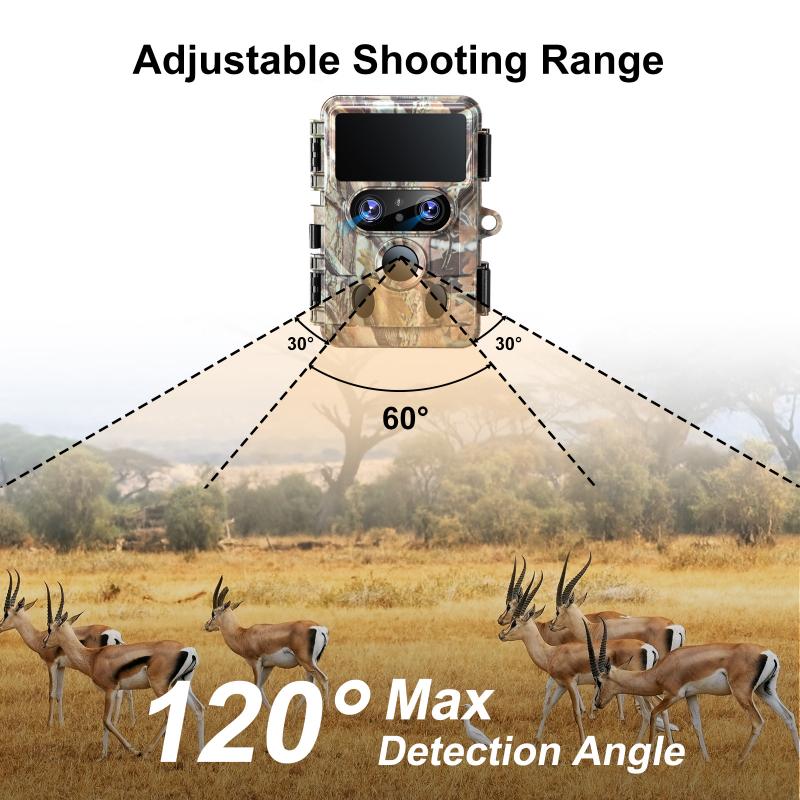
2、 Super telephoto lenses
The best camera lens for wildlife photography is undoubtedly a super telephoto lens. These lenses offer the longest focal lengths, allowing photographers to capture distant subjects with incredible detail and clarity. Super telephoto lenses typically have focal lengths of 300mm or longer, with some reaching up to 800mm or more.
One of the latest developments in super telephoto lenses is the use of advanced optical coatings and materials to reduce chromatic aberration and improve image quality. Many of these lenses also feature image stabilization technology, which helps to reduce camera shake and produce sharper images.
When choosing a super telephoto lens for wildlife photography, it's important to consider factors such as weight, size, and cost. Some of the most popular options include the Canon EF 600mm f/4L IS III USM, the Nikon AF-S NIKKOR 600mm f/4E FL ED VR, and the Sony FE 600mm f/4 GM OSS.
Ultimately, the best super telephoto lens for wildlife photography will depend on your specific needs and preferences. Whether you're a professional wildlife photographer or an amateur enthusiast, investing in a high-quality super telephoto lens can help you capture stunning images of the natural world.

3、 Zoom lenses
The best camera lens for wildlife photography is a zoom lens. Zoom lenses offer versatility in focal length, allowing photographers to quickly adjust their framing without having to switch lenses. This is especially important in wildlife photography, where animals can move quickly and unpredictably.
There are several zoom lenses on the market that are well-suited for wildlife photography. One popular option is the Canon EF 100-400mm f/4.5-5.6L IS II USM lens. This lens offers a long focal length range and image stabilization, making it ideal for capturing distant wildlife. Another great option is the Nikon AF-S NIKKOR 200-500mm f/5.6E ED VR lens, which also offers a long focal length range and vibration reduction technology.
In recent years, there has been a trend towards super-telephoto zoom lenses, such as the Sigma 150-600mm f/5-6.3 DG OS HSM Sports lens. These lenses offer even longer focal length ranges, making them ideal for capturing wildlife from a distance. However, they can be quite heavy and expensive, so they may not be the best choice for all photographers.
Ultimately, the best camera lens for wildlife photography will depend on the photographer's specific needs and budget. However, a zoom lens is generally the most versatile option, allowing photographers to capture a wide range of wildlife subjects with ease.

4、 Prime lenses
The best camera lens for wildlife photography is a prime lens. Prime lenses have a fixed focal length, which means they don't zoom in or out. This may seem like a disadvantage, but it actually allows for sharper images and better low-light performance. Additionally, prime lenses tend to have wider apertures, which allows for a shallower depth of field and better bokeh.
When it comes to wildlife photography, a prime lens with a longer focal length is ideal. A 300mm or 400mm prime lens will allow you to get close-up shots of animals without disturbing them. Additionally, a lens with image stabilization can help reduce camera shake and produce sharper images.
The latest point of view is that newer prime lenses are incorporating advanced technology such as autofocus systems that are faster and more accurate, as well as coatings that reduce ghosting and flare. Some prime lenses also have weather-sealing, which can protect the lens from dust and moisture.
Overall, a prime lens with a longer focal length and image stabilization is the best choice for wildlife photography. It may be more expensive than a zoom lens, but the image quality and low-light performance make it worth the investment.
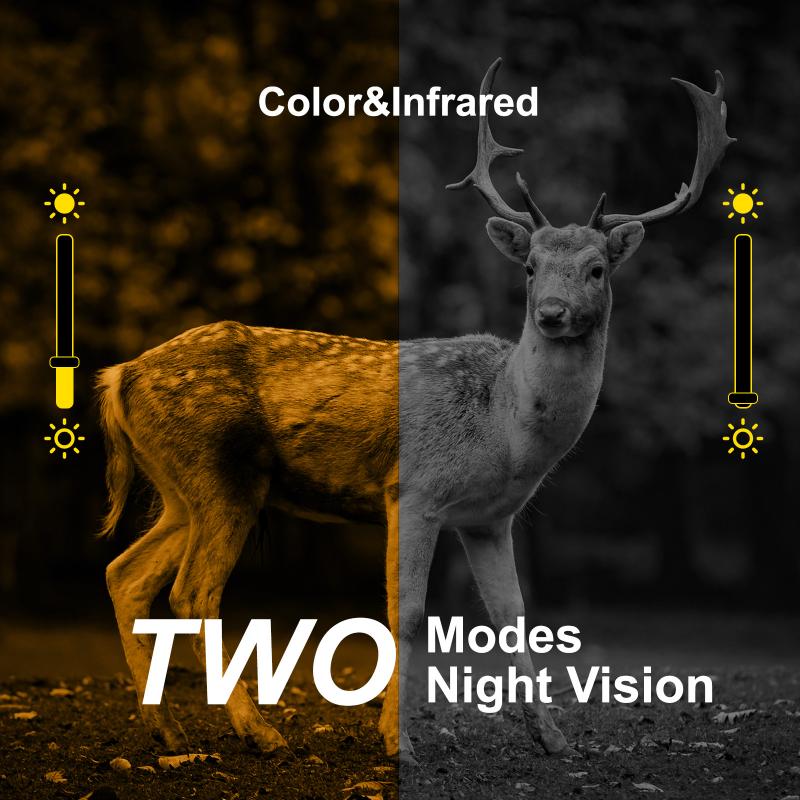












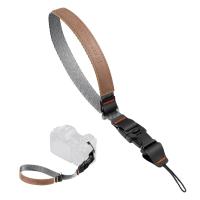
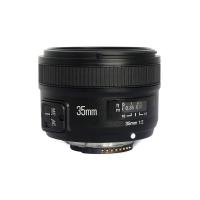
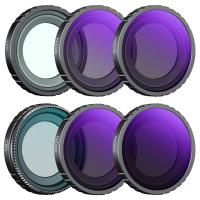


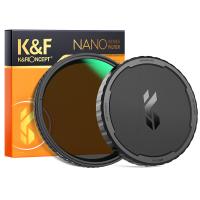
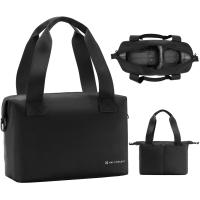

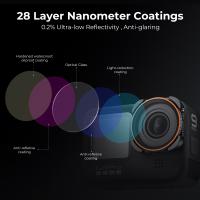

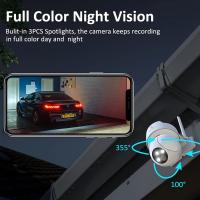
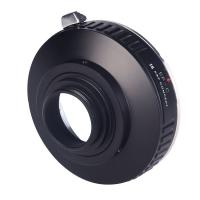
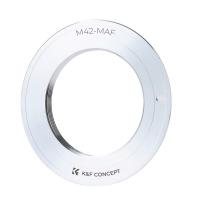
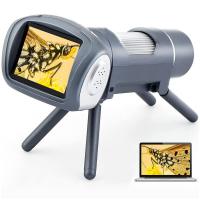
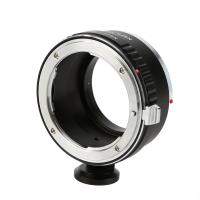
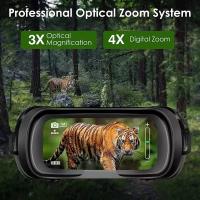
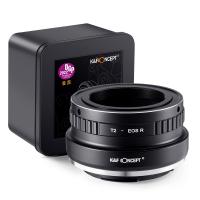
There are no comments for this blog.